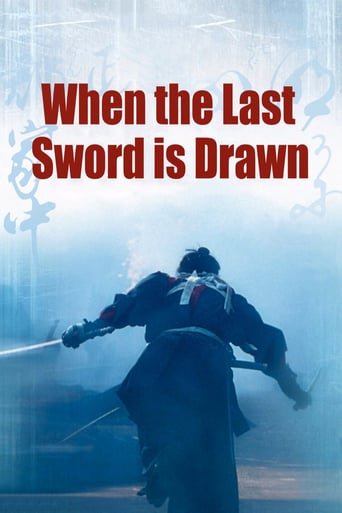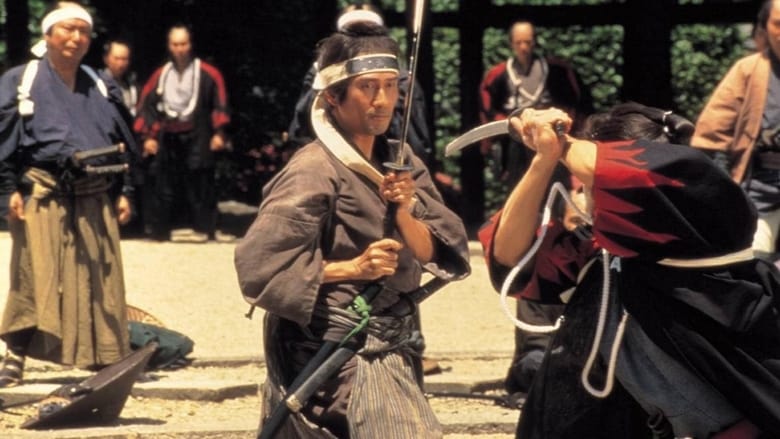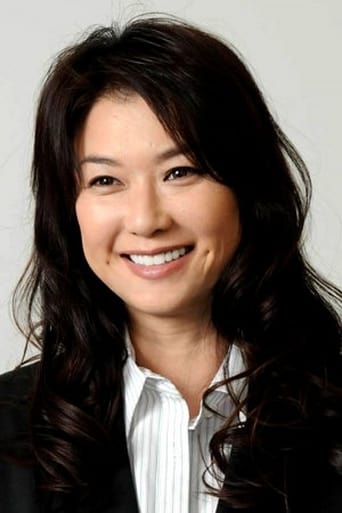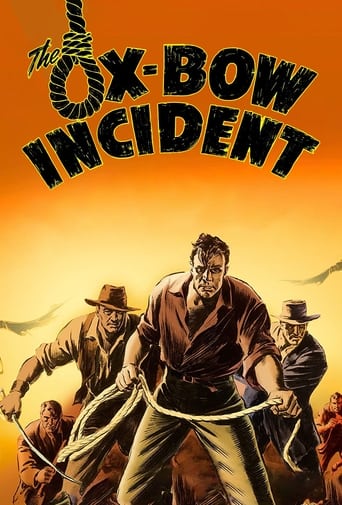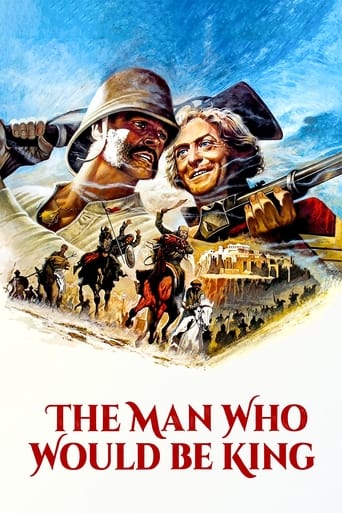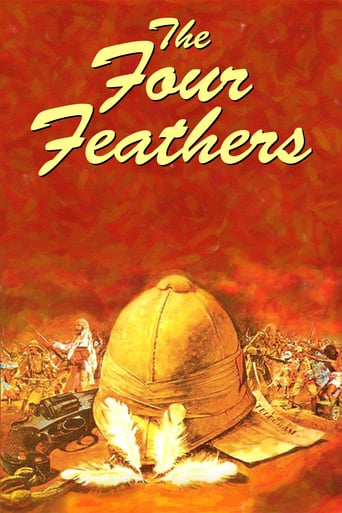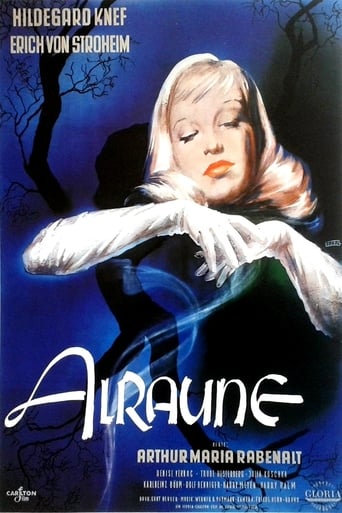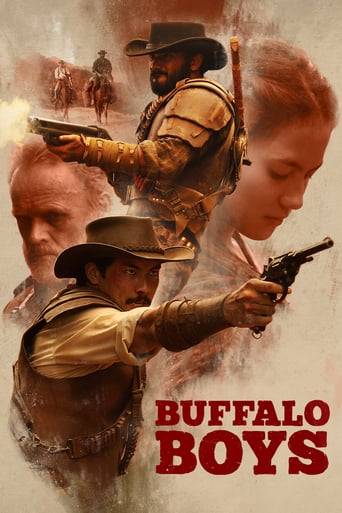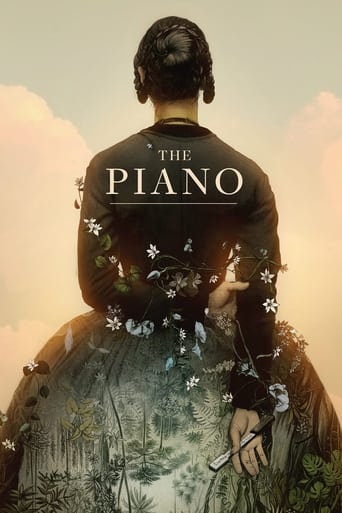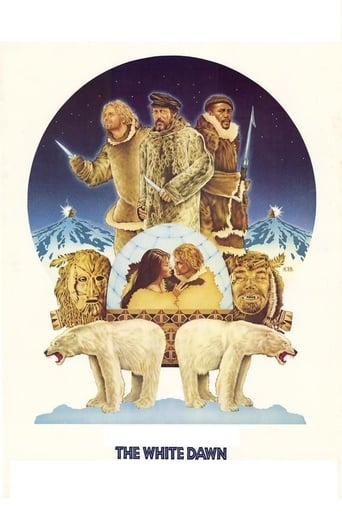When the Last Sword Is Drawn (2003)
Kanichiro Yoshimura is a Samurai and Family man who can no longer support his wife and children on the the low pay he receives from his small town clan, he is forced by the love for his family to leave for the city in search of higher pay to support them.
Watch Trailer
Free Trial Channels
Cast


Similar titles
Reviews
Wow! Such a good movie.
Better Late Then Never
If you like to be scared, if you like to laugh, and if you like to learn a thing or two at the movies, this absolutely cannot be missed.
I enjoyed watching this film and would recommend other to give it a try , (as I am) but this movie, although enjoyable to watch due to the better than average acting fails to add anything new to its storyline that is all too familiar to these types of movies.
I was drawn to this 2003 Japanese film for a variety of reasons. a) it's director Yôjirô Takita was responsible for one of my favourite films in recent years, Departures (Okuribito) b) It's been mentioned in the same breath as the quite stupendous "Twilight Samurai" (Tasogare Seibei) and c) I'm just a sucker for 19th Century end of the Shogunate/ Rise of the Emperor guff.All the ingredients are there in the set-up Yoshimura is a lower class Samurai who is struggling to support his wife and children. He abandons them in search of higher pay to support them and joins the notorious Shinsengumi clan. All the usual themes are here. The nature of honour; the conflict between family loyalty and clan loyalty; the passing of an era.Unfortunately the film is hamstrung by a number of problems. Firstly, there is a level of sentimentality which teeters into the mawkish at times. Secondly, the narrative is framed by a dual character flash-backs which are unconvincing, confusing and jarring. Thirdly, whilst the two lead characters are deliberately set as opposites the performances of the two leads teeter into the realms of Samurai TV soap pastiche. Indeed when you compare them to the Hiroyuki Sanada's poised and subtle performance in the melancholic and restrained Twilight Samurai they fall-down badly.Having said all that it's entertaining enough. Has some solid set-pieces and a suitably authentic feel. But that's just not enough. Ultimately, it's a major disappointment. The poster's great though.
When the Last Sword is Drawn is one of the more interesting depictions of Japan's last generation of samurai. However, this context immediately introduces a problem, because the Boshin War and its implications on Japanese society are not generally understood by non-Japanese audiences. Doctors moving to China, samurai being mowed down by primitive machine guns, the Emperor and the Shogun at war, people being tied to a clan or a 'land'? These elements all play a role in the story, and add to it, but a (superficial) knowledge of them is taken for granted by the director.The movie itself starts off well. The introduction of the characters, their motivations, and their places within the story are handled to-the-point in a series of tightly scripted and edited scenes that switch between present (1899), past and pre-past, so to speak. As the story unfolds, the relations between the characters develop along interesting lines, as motivations become more clear and emotions start to ramp up on all sides.After the Battle of Toba-Fushimi in January 1868, these emotions become somewhat problematic. The melodramatic scenes following this event are drawn out, repetitive and lack the focus and tightness of the first hour or so of the film. In the final sequences, the connection between the past and present is made, and while the 'surprise' did indeed make me grin, I'm not sure it was really necessary to take so long to build up to that one short moment.Nevertheless, this is a film well worth seeing. Kiichi Nakai is excellent as samurai Kanichiro Yoshimura, and Koichi Sato makes a convincing Hajime Saito. Takehiro Murata, Atsushi Ito and Yuji Miyake make for an interesting Ono family, and Sansei Shiomi and Masato Sakai are a great bunch of samurai. Yui Natsukawa isn't on screen for long, but portrays the difficulties of Shizu's position as the wife of the 'traitor' Yoshimura very well indeed. Finally, what's not to like about Miki Nakatani as Nui? Her story as an orphaned and traded-around girl is quite tragic in and of itself, and it was great to see Nui, as a woman, get involved in the main, male-dominated, series of events.
Just finished watching this movie and have to say that it was excellent.The movie is set in the last days of the Tokugawa Shogunate and the Boshin war. It revolves around a poor samurai who joins the Shinsengumi to provide for his family.The opening of the movie is a little slow and confusing but persevere and you will be greatly rewarded. Doing a quick read up about the shinsengumi will ease the confusion. This movie has all the elements of jidaigeki movie; samurai, honour, swordfights, duty.The ending may be a tad sentimental, it did bring a tear to my eye, but it does end the movie right.Highly recommended.
This is a very good movie with only a few minor flaws. The cast is exceptional, being many of Japans most better working actors today - the finest being Nakai Kiichi who brings a depth of character and sensitivity to his role which transcends any language barrier. The other main role played by Koichi Sato ( the son of one legendary Mikuni Rentaro )who also does an excellent job of drawing the audience into the fabric of story. For any viewer who is not familiar with Japanese history and the transition between the end of the Tokugawa Shogonate and the modern era which was ushered in with the Meiji Restoration, the back story will lose some of its richness. The Shinsengumi and its principle characters, though relatively unknown to the west, stand iconic to the Japanese and so much of the interplay between them and the two principle characters is understated and will slip by the average western viewer. I would recommend reading any of Romulous Hillsbourough's books before watching the movie only because the depth of the film will only be increased by doing so. This is a recommendation though not a prerequisite of course.This movie had a beautiful look and texture with some shots who color tones and composition are as precise as traditional woodblock prints. The sword play is some of the best ( and most realistic ) I have seen in a samurai film with Sakai Masato absolutely brilliant as Okita Soji. The fighting is brutal and bloody, well choreographed and stylish without being stylized. There is still a deadly dance quality to the swordplay, though it maintains its integrity and honesty to form.My only complaint with the movie is that it could use some minor cutting. The acting in Nakai Kiichi final scene is astonishingly beautiful, but it seriously goes on too long and will threaten even the most patient viewer to loose interest.In closing, let me say that this movie goes where the Last Samurai should have gone - straight to the heart and soul of a samurai.

